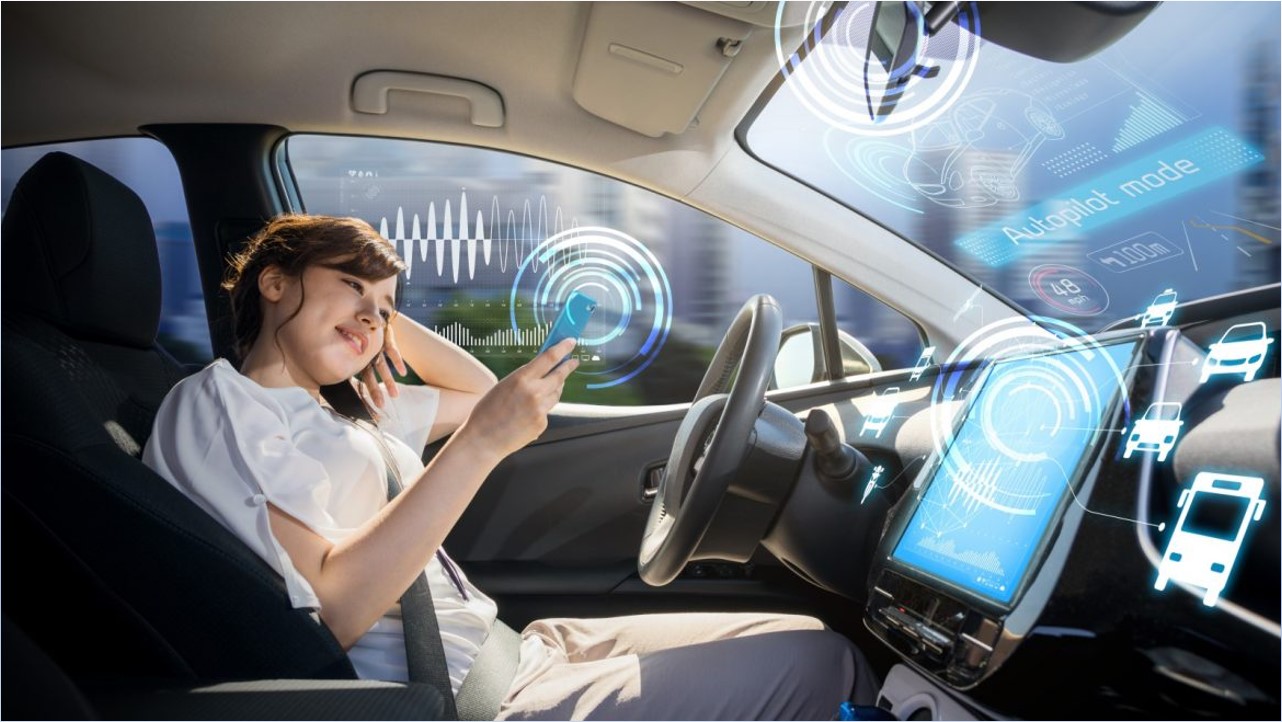Re-engage – a new SAFER associated project will support a safer transition between automated and manual driving
Riding in autonomous vehicles open up for possibilities to disconnect and engage in other activities rather than the driving. However, there are several challenges in creating a driving environment to safely transfer between the driving task and another task, and then re-engage in the driving again. SAFER's associated project "Driver re-engagement in autonomous driving by means of HMI adapted to human activity" has recently started up to develop new knowledge in this field.
It takes time to re-engage
There are several challenges that need to be researched to create safe transition strategies in future vehicles. For example, it takes time to re-engage in the driving task after being engaged in another activity. Re-engagement to manual driving has to be safe and provide a positive experience. More knowledge is therefore needed about for example HMI linked to the driver's activity and condition. In addition, we need more systematic knowledge about what is perceived as a good or less positive HMI. Knowledge of how machine learning and UX can be combined in vehicles is another important area for the Re-engage project. The project builds further on DRAMA, a former SAFER project that developed methods for supervising the driver and passengers in the car to give them the best possible support in different situations. The uniqueness of this project is that it combines UX and Machine learning in the same project.
Machine learning supports the project
The main task of the project is to explore, implement and demonstrate solutions for driver support when regaining control again when the vehicle has been active in automated mode. The researchers will work with recognition of driver activities, such as taking a power nap and reading a book. In this part of the project, technology for camera-based machine learning will be used. The knowledge can then be used to create safe and comfortable user experiences that are tailored to the driver's activity. The research team also wants to explore new interaction patterns and work on how interaction can be adapted to activity. Studies will be conducted to examine what different drivers think about the experience of taking back control. Example of research questions that the researchers will look into:
• What makes AD valuable for people in the car?
• What activities can be expected in AD cars?
• How can these activities be detected and classified?
• How can we design human-vehicle re-engagement interactions tailored to specific activities?
• What does the design space look like for activity tailored HMI?
Three SAFER partners are involved
RISE is the coordinator of the project and is working together with Volvo Cars and Smart Eye. The length of the project is two years and the funder is FFI. The budget is 10 426 000SEK. The project will be hosted by SAFER’s research area for Road user behaviour.

